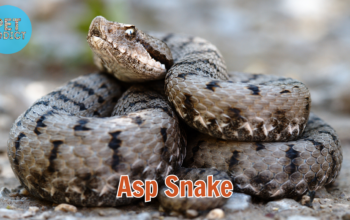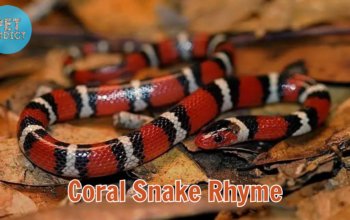Snake tongues are among the most fascinating and unique adaptations found in the animal kingdom. These forked appendages play a vital role in a snake’s survival, helping them navigate their environment, locate prey, and communicate. In this article, we will delve into the intricate world of snake tongue, exploring their structure, function, and the mysteries that surround them.
PetAddict.net – The best place where you can find everything about your pet!
Anatomy of a Snake Tongue
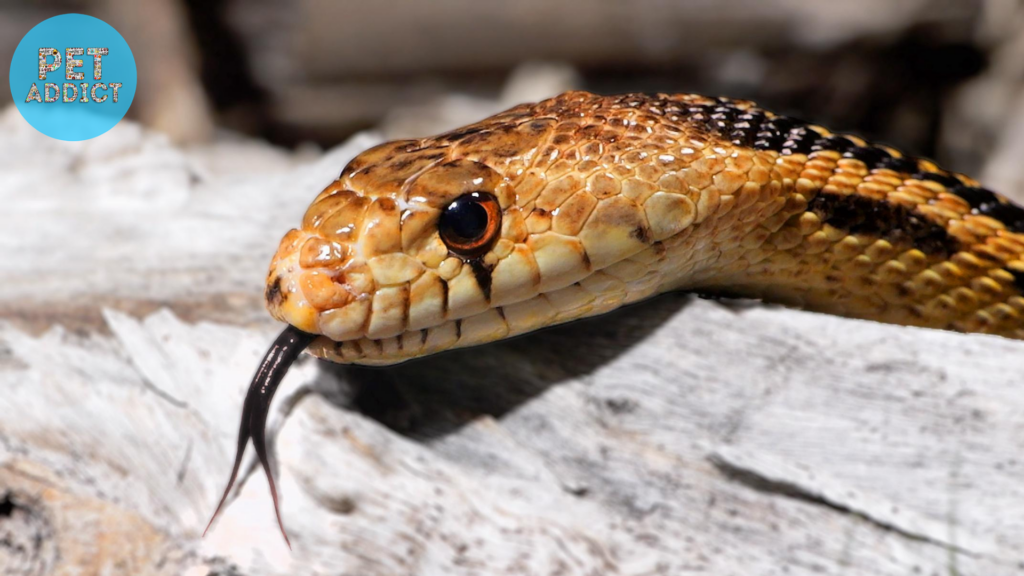
A snake’s tongue is not a single, solid structure but rather a split, a forked organ known as a bifurcated tongue. This forked design allows the snake to sample its surroundings in a three-dimensional manner, providing them with an extraordinary sense of taste and smell.
Structure:

- Forked Tips: At the end of a snake’s tongue, you’ll find two forked tips. These tips are highly sensitive and covered in microscopic structures called chemoreceptors or Jacobson’s organs, which detect chemical cues in the environment.
- Muscular and Flexible: The tongue is highly muscular and can be extended far beyond the snake’s mouth. This flexibility allows the snake to explore crevices, burrows, and other tight spaces.
- No Taste Buds: Unlike humans, snakes don’t have taste buds on their tongues. Instead, they rely on their chemoreceptors to detect chemical signals in their environment.
The Role of the Snake Tongue
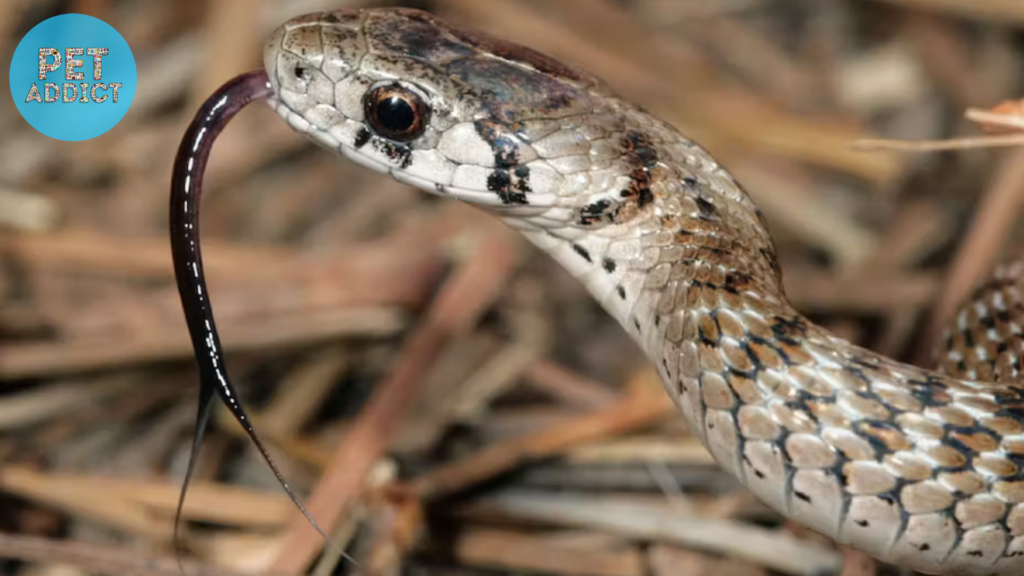
1. Smell and Taste:
Snakes use their tongues to collect scent particles and chemical cues from the air and surfaces they touch. When a snake flicks its tongue in and out of its mouth, it collects these particles on its forked tips. The tongue is then retracted into the mouth, where it contacts the Jacobson’s organs on the roof of the mouth, allowing the snake to “taste” the environment.
2. Navigation:
The ability to detect scent trails left by prey or other snakes is crucial for navigation and hunting. By following these chemical trails, snakes can locate potential mates, prey, or suitable habitats.
3. Finding Prey:
The keen sense of smell and taste provided by the tongue helps snakes locate prey, even in complete darkness. It allows them to detect the scent of nearby animals and track them down, making them highly efficient hunters.
4. Communication:
Snake tongues also play a role in communication within their own species. During courtship and mating, snakes may use their tongues to exchange chemical signals and information. In some cases, they may engage in tongue-flicking displays to deter rivals or assert dominance.
Common Misconceptions
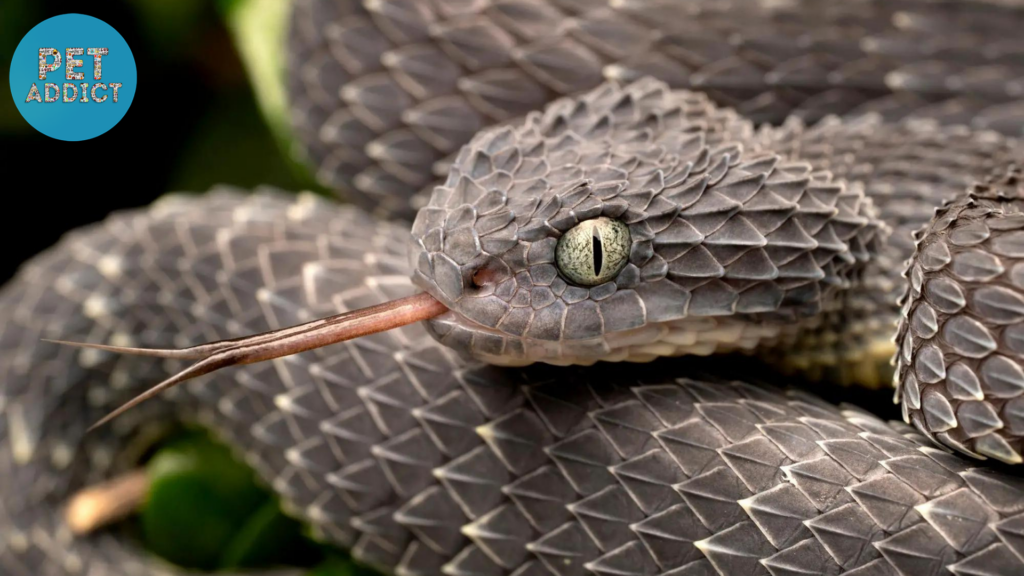
There are several misconceptions about snake tongues that need clarification:
- Venomous vs. Non-venomous: The presence of a forked tongue does not indicate whether a snake is venomous or non-venomous. Both types of snakes can have bifurcated tongues.
- Poisonous Tongue: Snakes are not poisonous because of their tongues. Venomous snakes have venom-producing glands, usually located near the base of their upper jaw, and fangs for injecting venom. The tongue is solely used for sensory purposes.
Conclusion
Snake tongues are a remarkable example of nature’s adaptability and ingenuity. These highly specialized organs grant snakes an unparalleled ability to navigate their surroundings, detect prey, communicate with conspecifics, and ultimately thrive in diverse ecosystems around the world. Understanding the function and significance of snake tongues not only deepens our appreciation for these fascinating reptiles but also highlights the incredible diversity of life on Earth.


